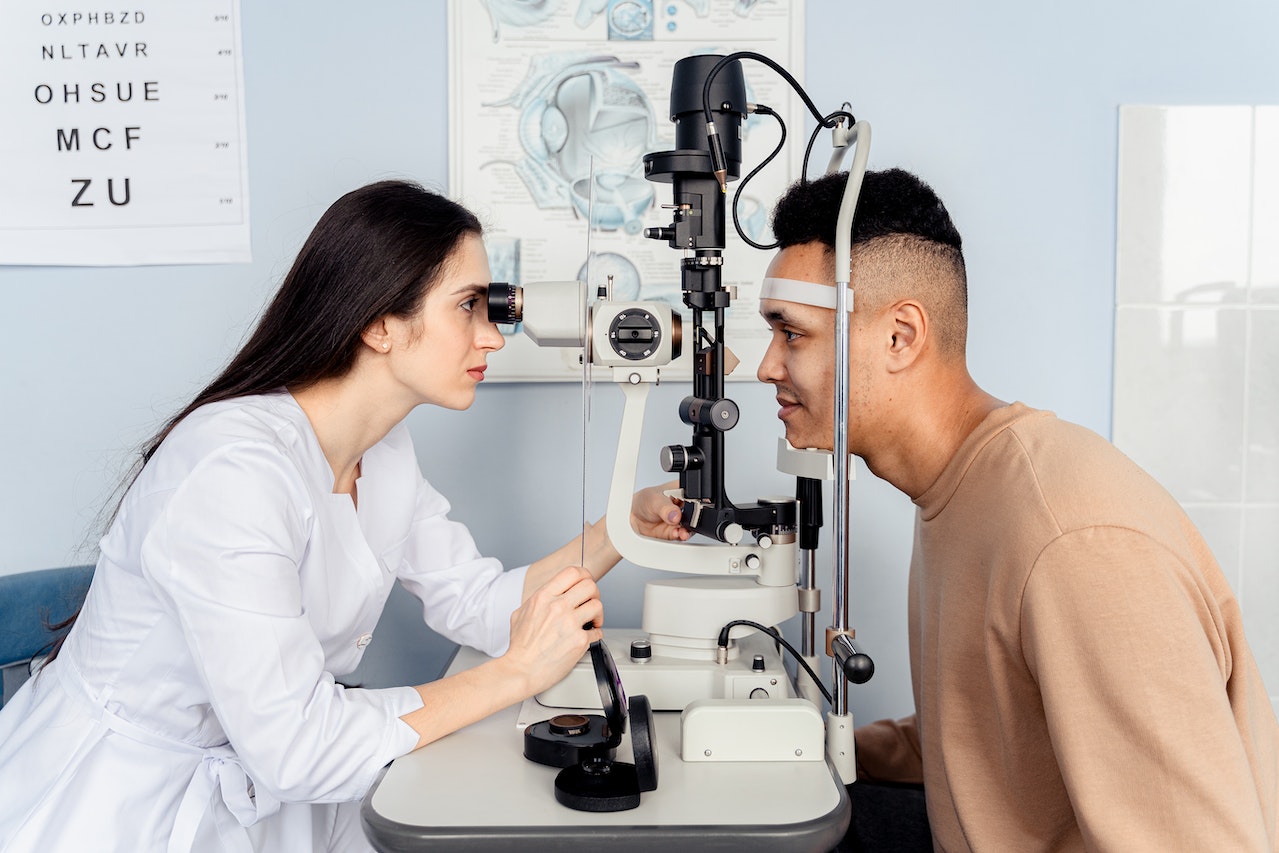June is Cataract Awareness Month
By Editorial Team
Cataract Awareness Month is an annual observance held in June to raise awareness about cataracts, a common eye condition that affects millions of people worldwide. During this month, organizations and healthcare professionals aim to educate the public about cataracts, their causes, symptoms, and available treatment options. Let’s delve into some important information about Cataract Awareness Month:
- What are cataracts? Cataracts are a clouding of the natural lens in the eye, leading to blurry vision and potentially causing vision loss. They commonly develop with age but can also be caused by factors such as genetics, trauma to the eye, certain medications, and medical conditions like diabetes. Cataracts can affect one or both eyes.
- Goals of Cataract Awareness Month: The primary goals of Cataract Awareness Month are:
- Educating the public about cataracts, their causes, and risk factors.
- Promoting early detection and regular eye examinations.
- Highlighting the impact of cataracts on quality of life and independence.
- Providing information about treatment options and advancements in cataract surgery.
- Encouraging individuals to seek appropriate treatment and support.
- Activities during Cataract Awareness Month: Throughout the month of June, various activities and events are organized to spread awareness about cataracts. These may include:
- Public awareness campaigns through social media, websites, and traditional media outlets.
- Free eye screenings and educational sessions conducted by eye care professionals.
- Distribution of informational brochures, fact sheets, and educational materials.
- Webinars, workshops, and lectures on cataracts and their management.
- Collaborations with healthcare organizations, community centers, and senior living facilities to reach a wider audience.
- Signs and symptoms of cataracts: Cataracts develop slowly over time, and their symptoms may vary. Common signs and symptoms include:
- Blurry or hazy vision.
- Difficulty seeing at night or in low-light conditions.
- Sensitivity to light and glare.
- Colors appearing faded or yellowed.
- Frequent changes in eyeglass or contact lens prescriptions.
- Double vision or multiple images in one eye.
- Difficulty reading or performing daily tasks.
- Diagnosis and treatment: If you experience symptoms of cataracts or notice changes in your vision, it is crucial to schedule an eye examination with an optometrist or ophthalmologist. They will perform a comprehensive eye evaluation, which may include a visual acuity test, dilated eye examination, and imaging tests.
The most effective treatment for cataracts is surgery. Cataract surgery involves removing the cloudy lens and replacing it with an artificial intraocular lens (IOL). The surgery is generally safe and has a high success rate. Newer techniques, such as laser-assisted cataract surgery, have also been developed to enhance precision and outcomes.
- Prevention and risk reduction: While cataracts cannot be completely prevented, there are steps you can take to reduce the risk of developing them or delay their progression:
- Protect your eyes from excessive sunlight by wearing sunglasses with UV protection.
- Quit smoking, as smoking has been linked to an increased risk of cataracts.
- Eat a balanced diet rich in fruits, vegetables, and antioxidants.
- Manage underlying health conditions like diabetes, as uncontrolled diabetes can accelerate cataract formation.
- Follow good eye hygiene practices and seek prompt treatment for any eye infections or injuries.
Cataract Awareness Month serves as a reminder for individuals to prioritize their eye health, understand the signs of cataracts, and seek appropriate care when needed. By raising awareness and promoting early detection and treatment, this observance aims to improve vision outcomes and overall quality of life for those affected by cataracts.

